April rendezvous
Phu Quy is like a child who naturally wants to return home, to breathe in the scent of the ocean, so that if someday the small island suddenly becomes a "special zone", he can still have new and old memories.
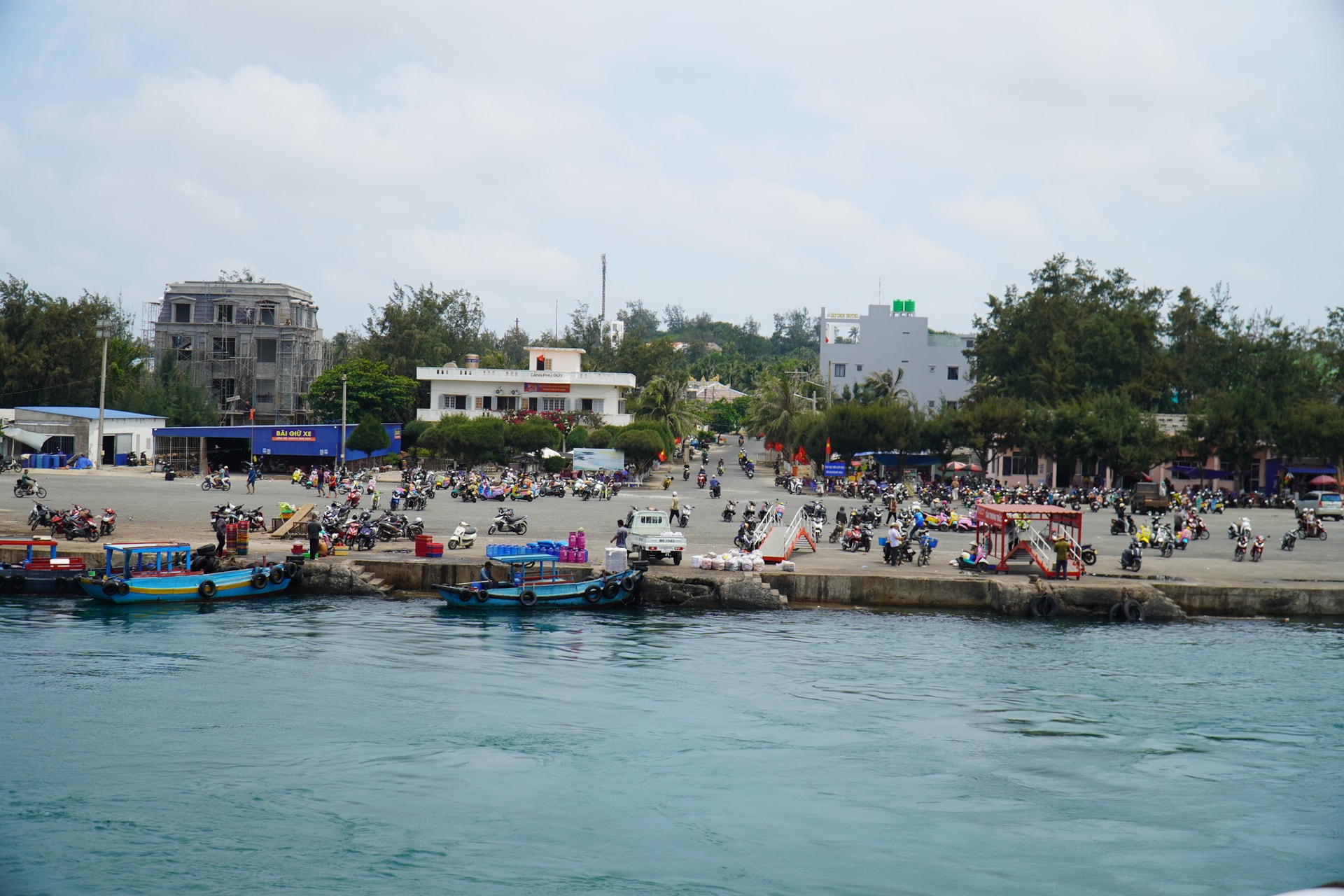
In Phu Quy, whether it is dawn, dusk or late afternoon, everything is beautiful and peaceful. Phu Quy is still intact as it was more than 10 years ago, with bunches of vegetables and fruits along the road, and wood-fired pancake stoves that burn red in the afternoon, fragrant and inviting.
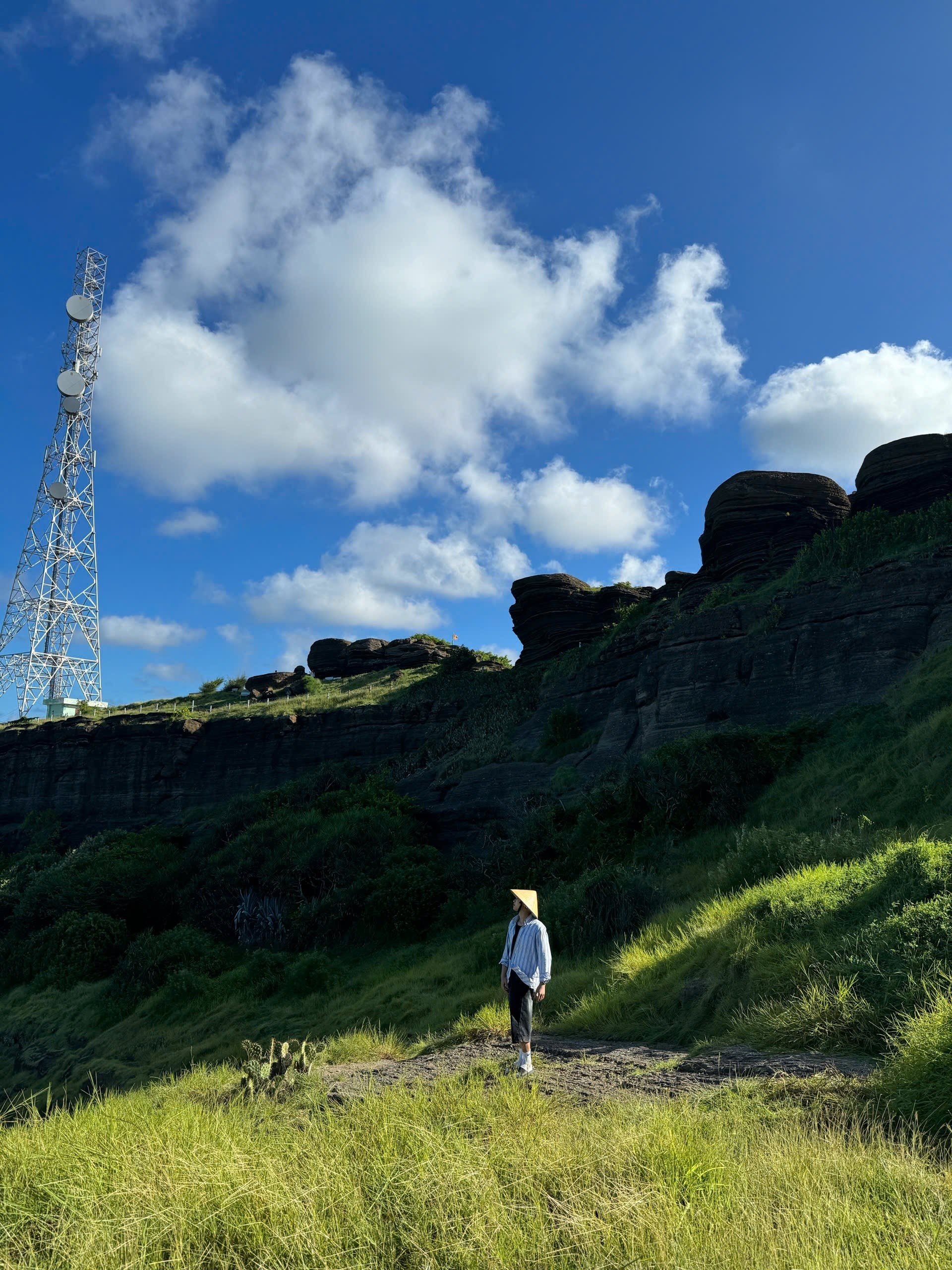
Phu Quy is expected to welcome more than 10 thousand visitors until the end of the fourth lunar month. Because the most beautiful time is April and May . At that time, Phu Quy island has calm wind and the sea is as clear as the clear eyes of a young girl entering spring.
Phu Quy currently, the waterway connecting Phan Thiet and Phu Quy has 3 high-speed passenger boats every day , along with 8 basic transport ships to meet the needs of travel and transporting goods between the mainland and the island. Phu Quy has many opportunities for development, and will certainly develop if within the strategic vision of the next few years.
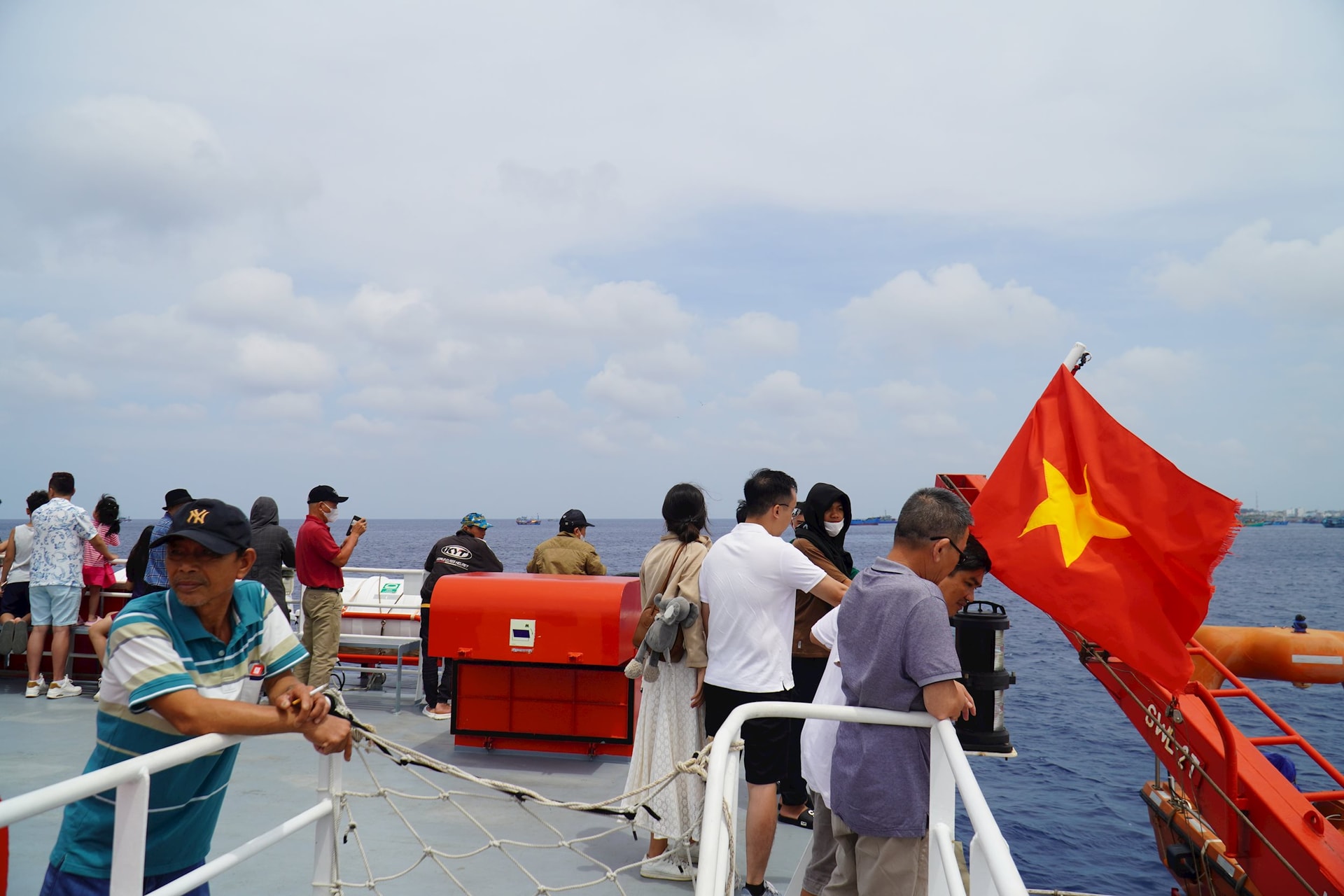
Challenge
Phu Quy Island has an area of just over 18km2 , a circumference of about 35km, and a population of about 29,000. However, Phu Quy has 28 places of worship and belief, including many historical - cultural relics and national-level scenic spots such as Van An Thanh (ranked as a national-level relic by the Ministry of Culture and Information in 1996). The relic is called Van An Thanh by the people of Phu Quy Island with the intention of expressing their wishes for a peaceful and prosperous life. This place worships whales (or "Mr." fish), the god of the South Sea associated with the fishing beliefs of coastal fishermen in our country. Or Linh Quang Pagoda (the pagoda was ranked as a national-level scenic spot by the Ministry of Culture and Information in 1996), considered the earliest pagoda established on Phu Quy Island.
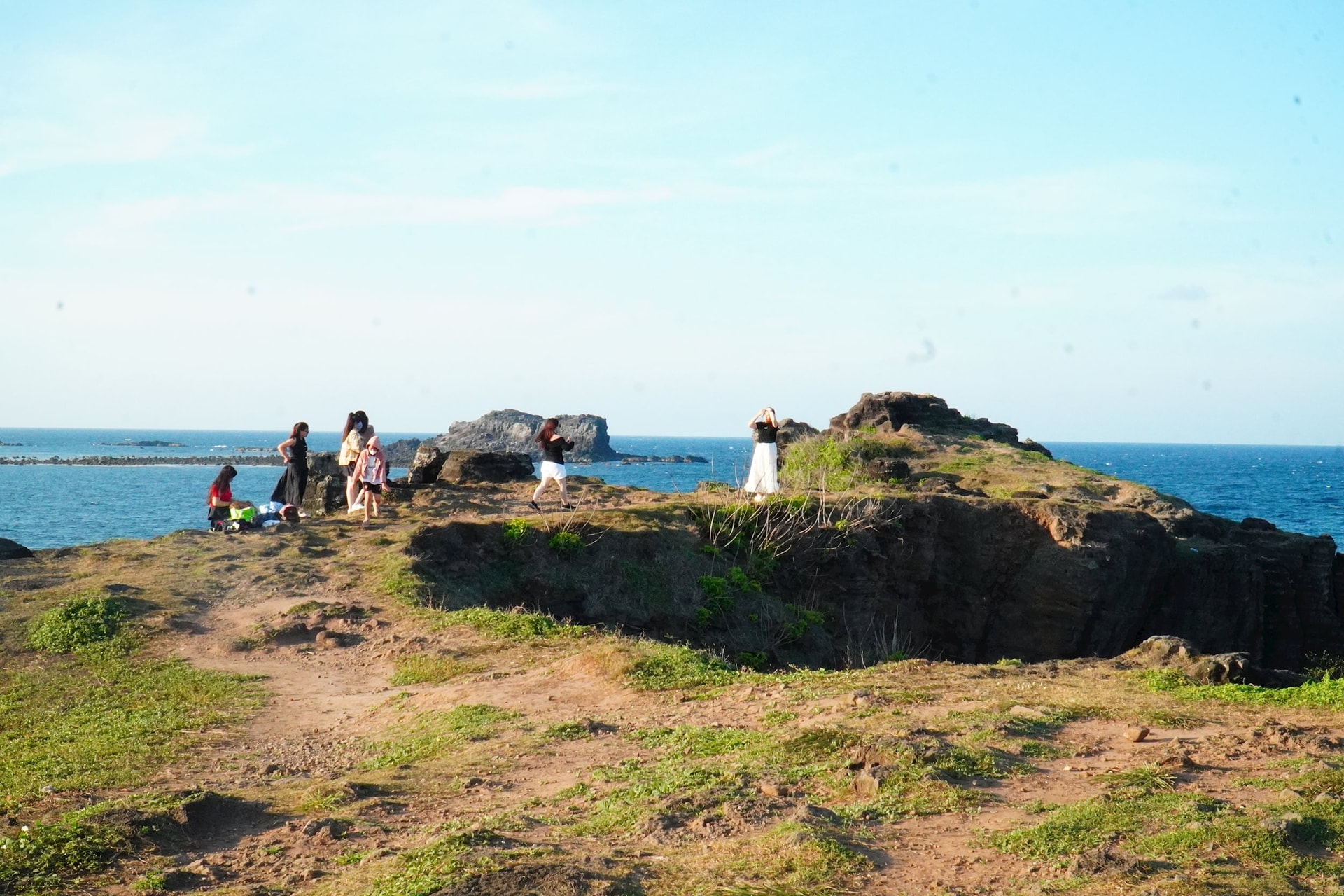
Coming to Linh Quang Pagoda, in addition to visiting the pagoda and worshiping Buddha, visitors can also explore and admire the architectural and artistic values bearing the typical Buddhist imprint on Phu Quy Island, and listen to the anecdotes associated with the process of forming the pagoda and enlightening Buddhism here. In addition, the respect of the people here is also directed towards the tomb of Master Sai Nai.
According to legend, Master Sai Nai was a merchant with knowledge of medicinal herbs. During a trading trip, his boat was pushed by a storm to Phu Quy Island; he was attracted by the beauty of the island and decided to stay here for the rest of his life. After his death, the people buried him and built a tomb for Master Sai Nai in 1665. Islanders come to Master Sai Nai's tomb to pray for a smooth sailing or a good fishing season when they encounter difficulties. Every year, the Master's worship ceremony is held on the 4th day of the 4th lunar month with many traditional rituals imbued with the cultural identity of the coastal region. Possessing a unique culture and countless pristine and attractive landscapes, Phu Quy has become an attractive sea and island destination in the country in recent years.
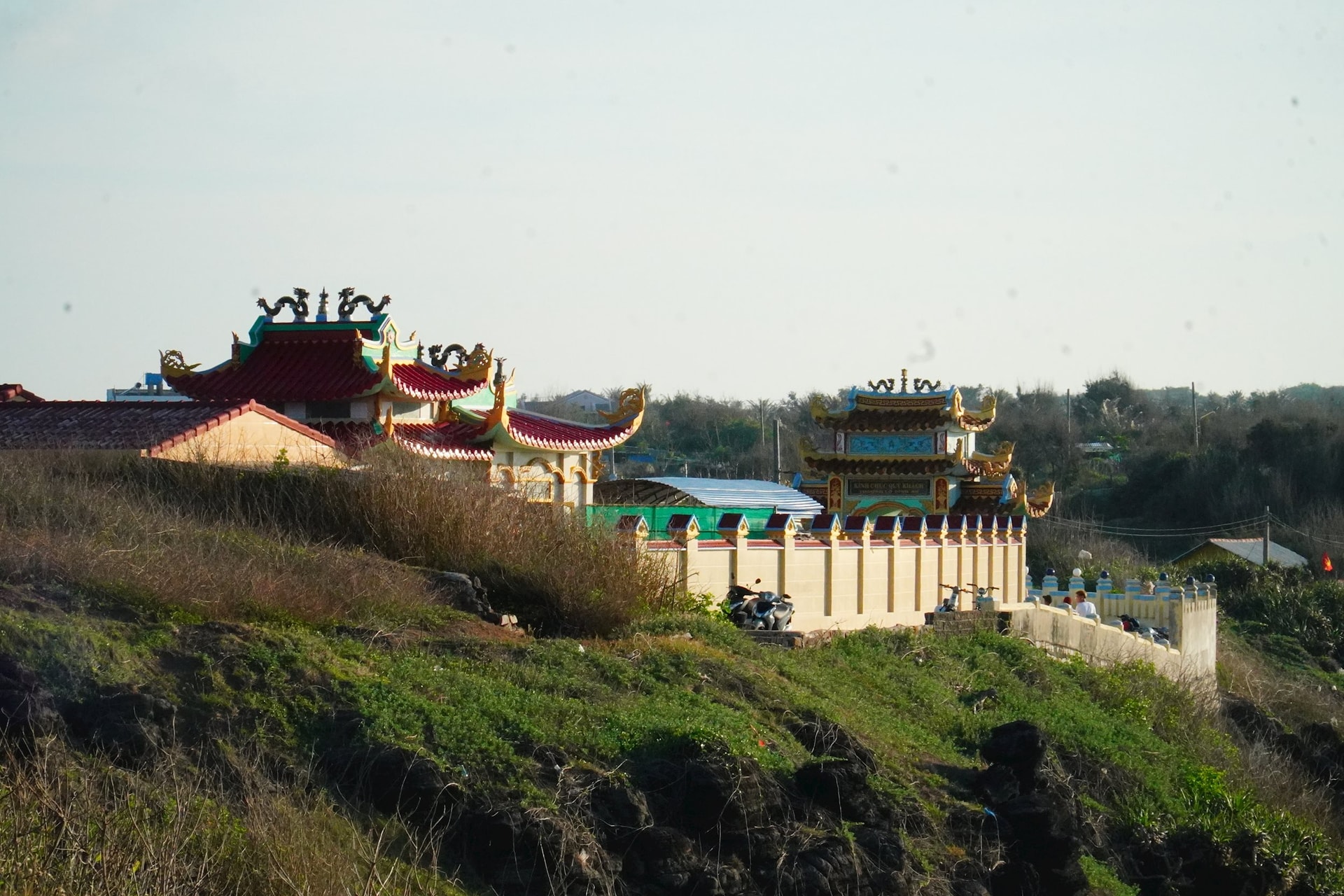
But for Phu Quy to truly reach its potential, it needs to address two urgent challenges of fresh water and waste. In 2024, Phu Quy will welcome nearly 155,000 visitors, including about 3,200 international visitors, but the number of accommodation facilities such as hotels, motels, and homestays is increasing (currently there are about 70 hotels and 100 motels and homestays), putting more pressure on the infrastructure system - especially electricity and water.
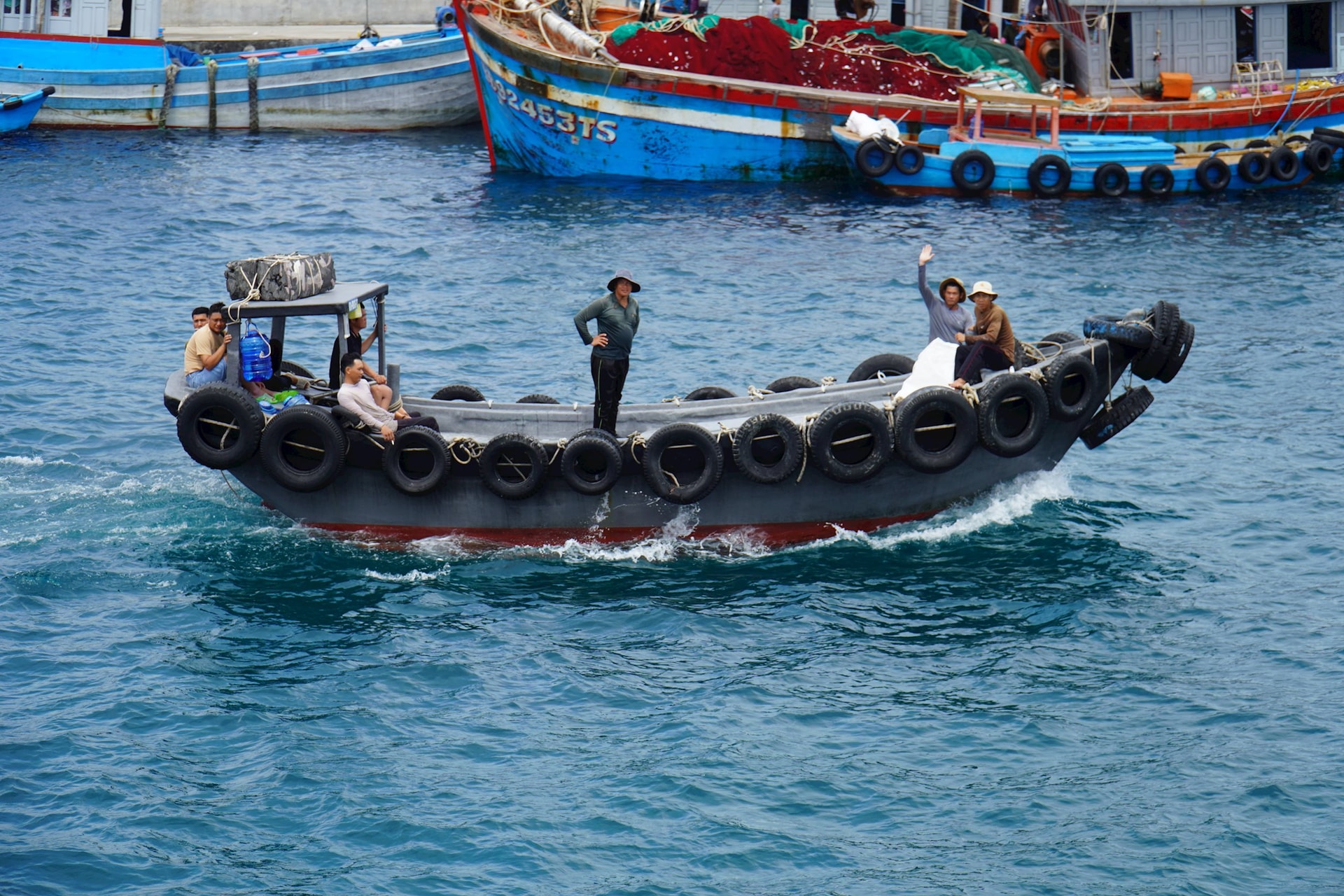
There are currently two large freshwater reservoirs on the island, but during the dry season, water for daily life and agriculture is often scarce. The local government has introduced many measures to protect groundwater resources, such as restricting people from drilling wells and encouraging the construction of rainwater storage systems at home. However, the shortage of fresh water is always at a "warning" level, especially during the current peak tourist season . In addition, waste, especially plastic waste, is also a pressing issue. Although there is a waste treatment plant on the island, the main method is still burning or burying, which cannot effectively treat non-biodegradable plastic waste.
As evidence of this, many shops and local people still have the habit of using plastic waste in business, while the island district has launched a movement against plastic waste, tourists do not bring plastic waste to the island. This is one of the practical activities towards completely eliminating plastic waste on Phu Quy island. But it seems that the problem is still difficult.
Source: https://baobinhthuan.com.vn/tat-ca-cho-ngay-mai-phu-quy-130348.html


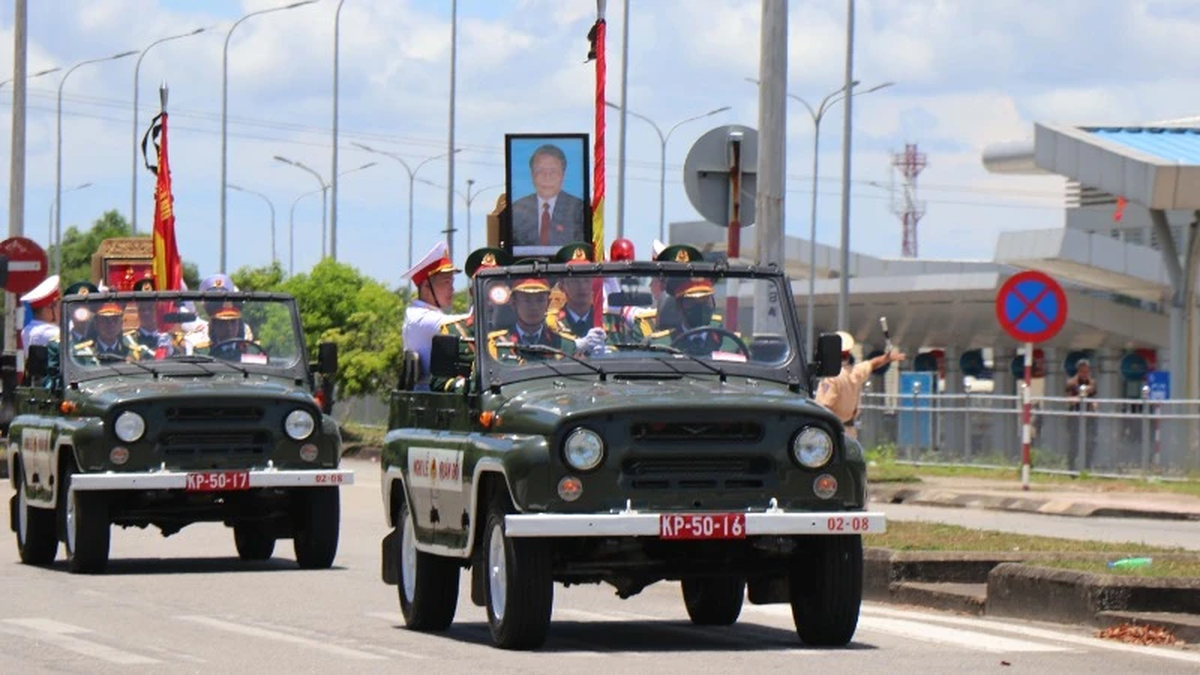
![[Photo] Welcoming ceremony for Prime Minister Pham Minh Chinh and his wife on an official visit to Malaysia](https://vphoto.vietnam.vn/thumb/1200x675/vietnam/resource/IMAGE/2025/5/25/dc30203c3ae24da3990266ec3b29bb2d)
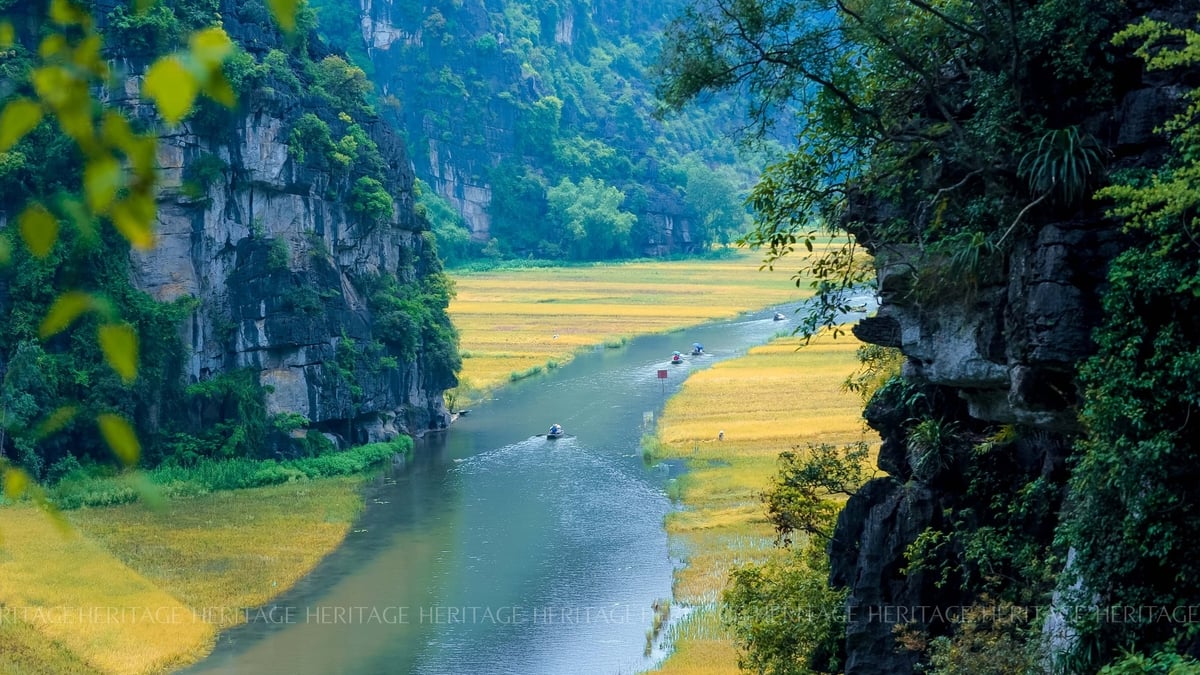
![[Photo] The coffin of former President Tran Duc Luong arrives in Quang Ngai](https://vphoto.vietnam.vn/thumb/1200x675/vietnam/resource/IMAGE/2025/5/25/1f1aca0d92ab47deae07934e749b35e6)
![[Photo] Funeral of former President Tran Duc Luong in Quang Ngai](https://vphoto.vietnam.vn/thumb/1200x675/vietnam/resource/IMAGE/2025/5/25/ccf19a3d8ea7450bb9afe81731b80995)
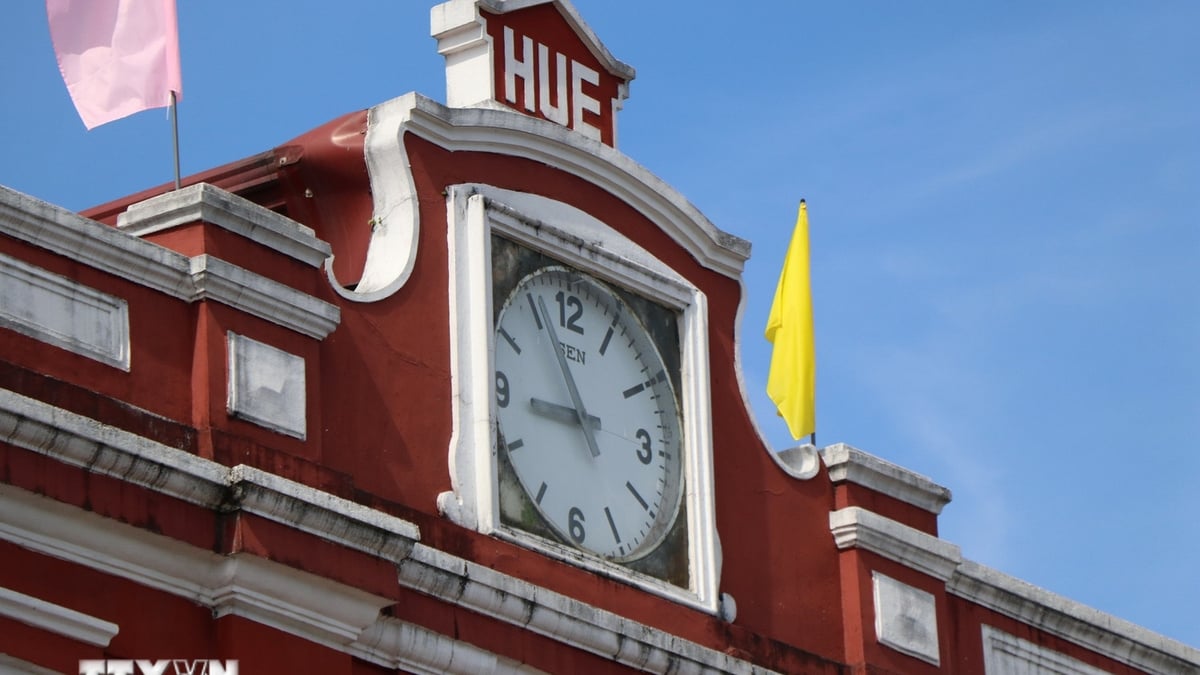
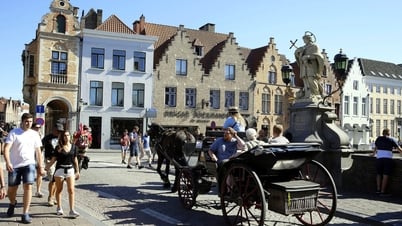

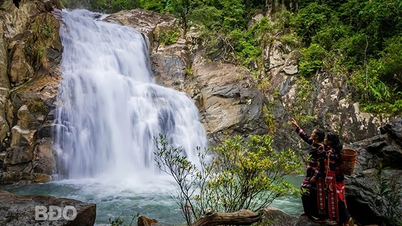



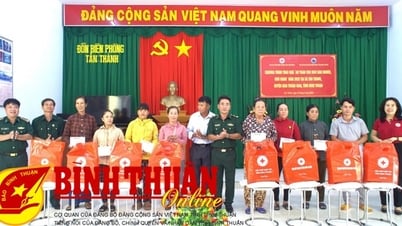
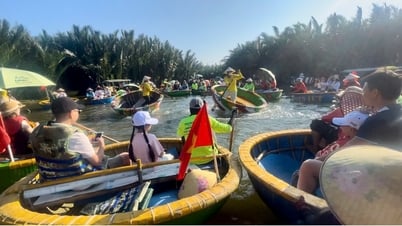
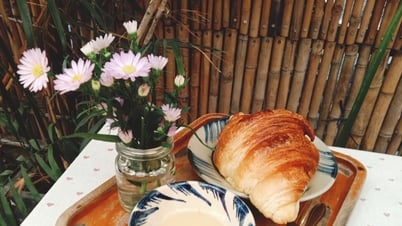







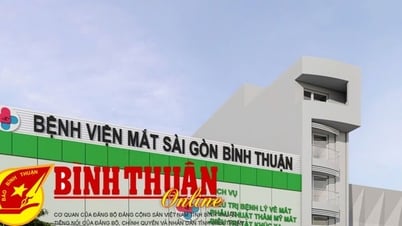

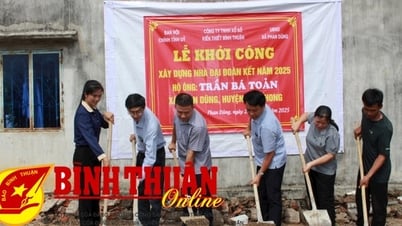





























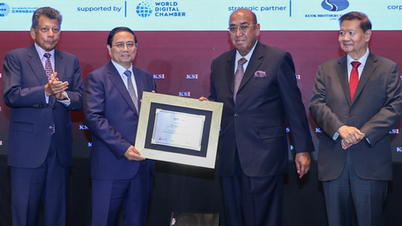

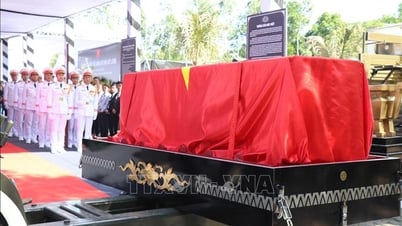












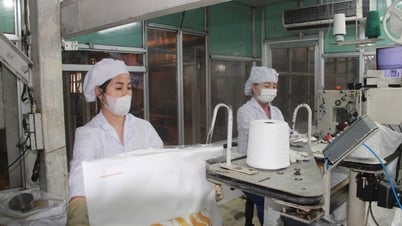

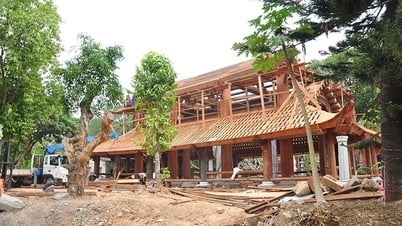

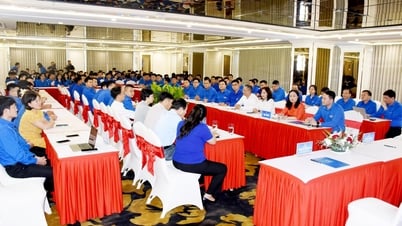








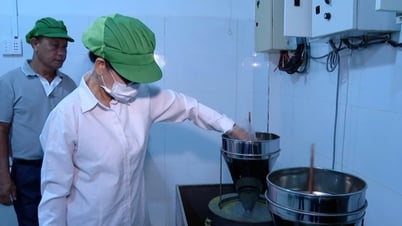





Comment (0)